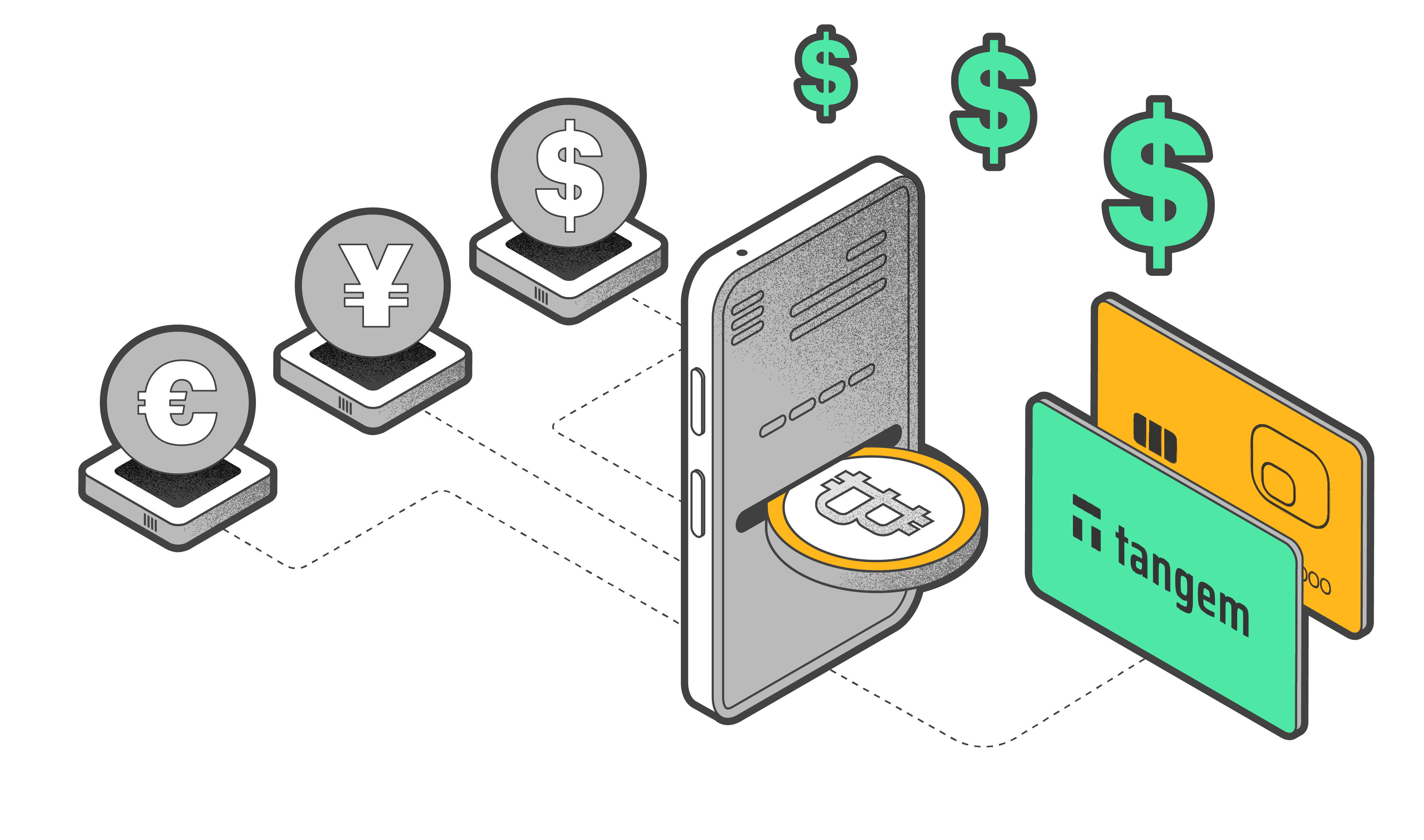
Guide to APR and APY in Crypto

Cryptocurrency investing has grown in popularity in recent years, with many people hoping to benefit from the potential gains digital assets provide. However, grasping this new asset class's many financial ideas and words can be difficult. APR and APY are two terms that frequently confuse investors. In this article, we look at what APR and APY mean in terms of Bitcoin, how they are calculated, and why they are crucial for investors to consider.
Understanding APR and APY
APR stands for Annual Percentage Rate and APY for Annual Percentage Yield. Both of these words describe an investment's return over a certain period. However, they are calculated significantly differently.
APR refers to the annualized interest rate charged or earned on an investment. It does not account for compounding and is computed by multiplying the periodic interest rate by the number of periods in a year.
APY is the effective annual rate of return, or APY, which considers the effect of compounding on an investment. It is calculated by taking the interest rate and compounding frequency into account.
Investors regularly use both terms in cryptocurrency to express the possible returns they might expect from their holdings. Many cryptocurrency platforms provide staking rewards or interest-bearing accounts that pay investors a fixed or variable APR or APY on their holdings.
Why APR and APY are important
Knowing the distinction between APR and APY is critical for investors since it can substantially impact the total return on investment. For example, a 10% APR may appear appealing, but the actual return may be lower than anticipated if the interest is not compounded.
On the other hand, a 10% APY that compounds daily will result in a higher overall return because the interest is reinvested and begins to generate further interest over time. This is why investors must consider both APR and APY while considering possible cryptocurrency investment possibilities.
Calculating APR and APY in cryptocurrency
When calculating APR and APY, a few essential considerations must be considered. These include the initial investment amount, the platform's interest rate or yield, and the frequency at which compounding occurs.
For example, if you stake $1,000 into a cryptocurrency that provides a 5% APR with monthly compounding, the APY may be determined using the following formula:
APY = (1 + (APR / n)^n - 1
Where n is the number of compounding periods per year. In this scenario, n would be 12 for monthly compounding, yielding an APY of around 5.12%.
Finally, understanding the distinction between APR and APY is critical for investors seeking to maximize their earnings in the crypto market. Investors can make more informed selections about potential investment opportunities by considering both the annualized interest rate and the effect of compounding. So, the next time you hear phrases like APR and APY in crypto, you'll better understand what they imply and how they can affect your investments.










